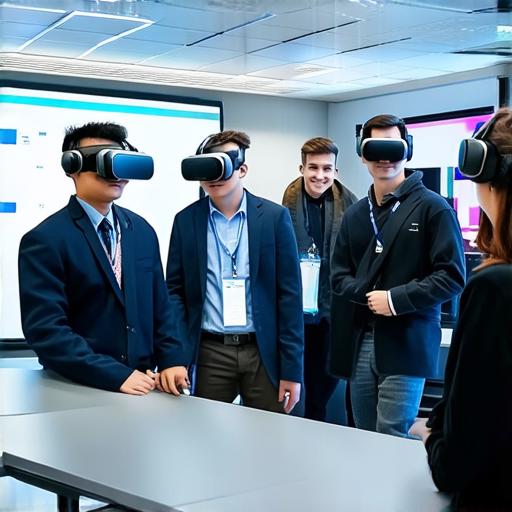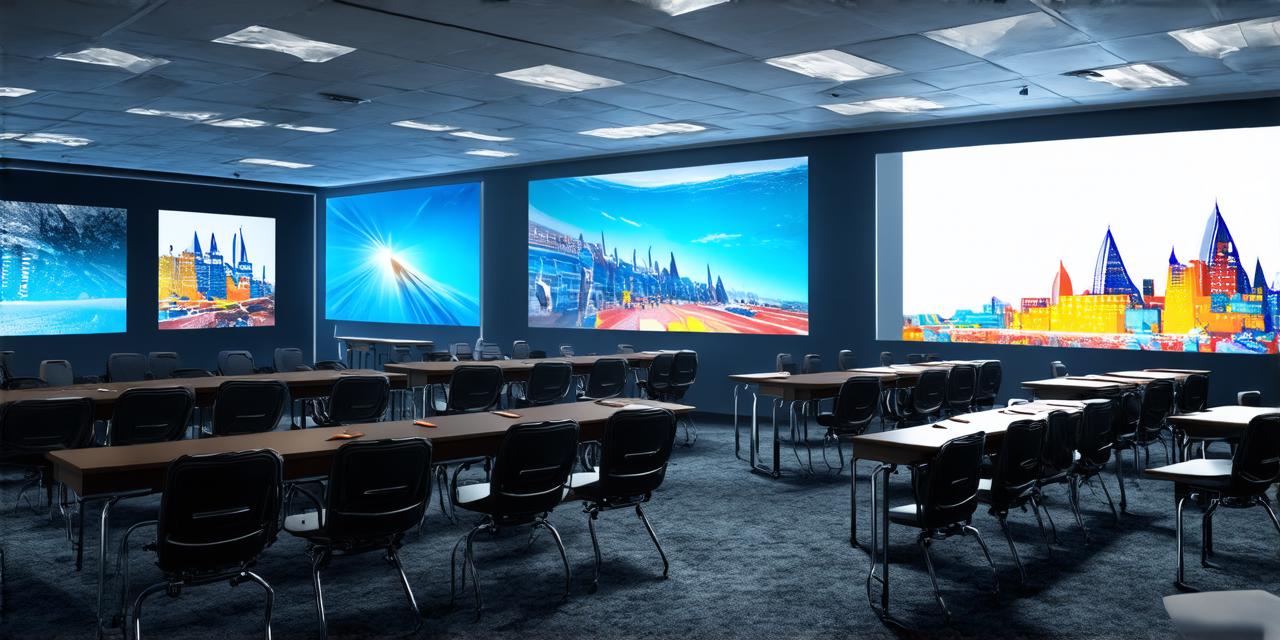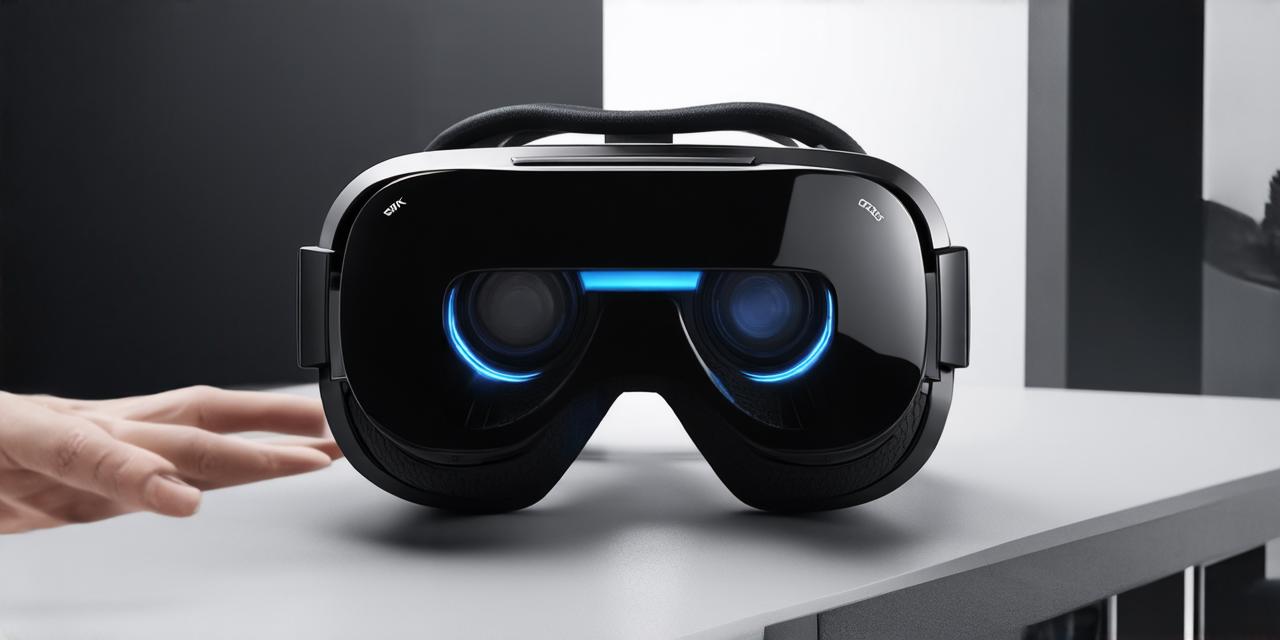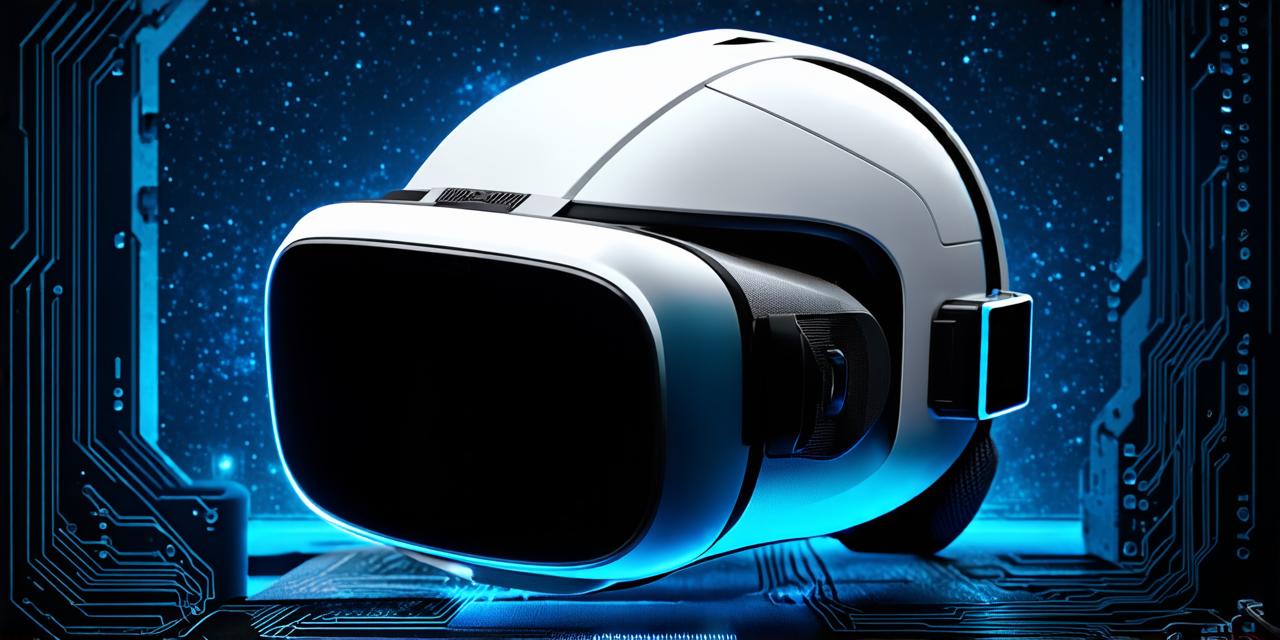Virtual reality (VR) is a rapidly evolving technology that has the potential to revolutionize education. VR allows students to experience and interact with virtual environments, providing them with a more immersive and engaging learning experience. In this article, we will explore how VR enhances learning in various subjects and how it can be integrated into classroom instruction.
Enhancing Learning through Immersive Experiences:
Virtual reality provides students with the opportunity to experience real-world situations in a safe and controlled environment. For example, medical students can use VR simulations to practice surgeries and emergency procedures, while history students can explore ancient civilizations or historical events as if they were there. These immersive experiences can help students develop a deeper understanding of complex concepts and ideas, making learning more engaging and memorable.
Improving Visualization and Comprehension:
Visualization is a powerful tool for enhancing learning in many subjects. VR technology allows students to visualize abstract concepts and ideas in a more tangible way, making them easier to understand and retain. For instance, science students can use VR simulations to explore the human body or the solar system, while math students can use VR to visualize mathematical models and solve complex problems. By providing students with these visual aids, VR can help improve their comprehension and critical thinking skills.
Promoting Collaboration and Communication:
Virtual reality also has the potential to promote collaboration and communication among students. In virtual classrooms, students can interact with each other and with their teachers in real-time, regardless of where they are located. This can help foster a sense of community and cooperation among students, as well as provide opportunities for peer learning and feedback. Additionally, VR can be used to simulate group projects and collaborative problem-solving activities, allowing students to develop their teamwork and communication skills.
Enhancing Accessibility and Inclusivity:
Virtual reality technology can also help make education more accessible and inclusive. For example, students with disabilities or those who live in remote areas can use VR to access educational resources and participate in virtual classrooms. This can help level the playing field and provide equal opportunities for all students, regardless of their background or location.

Conclusion:
Virtual reality has the potential to revolutionize education by providing students with immersive, engaging, and interactive learning experiences. By enhancing visualization, improving comprehension, promoting collaboration and communication, and increasing accessibility and inclusivity, VR can help make learning more effective and enjoyable for students of all ages and backgrounds. As the technology continues to evolve, it is likely that we will see even more innovative applications of VR in education in the future.



